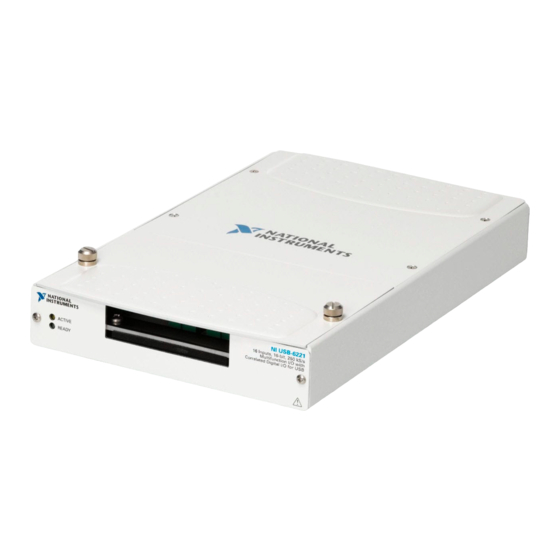
National Instruments M Series User Manual
Multifunction i/o modules and devices
Hide thumbs
Also See for M Series:
- User manual (14 pages) ,
- Installation manual (3 pages) ,
- User manual (298 pages)
Table of Contents
Advertisement
Advertisement
Table of Contents















Need help?
Do you have a question about the M Series and is the answer not in the manual?
Questions and answers